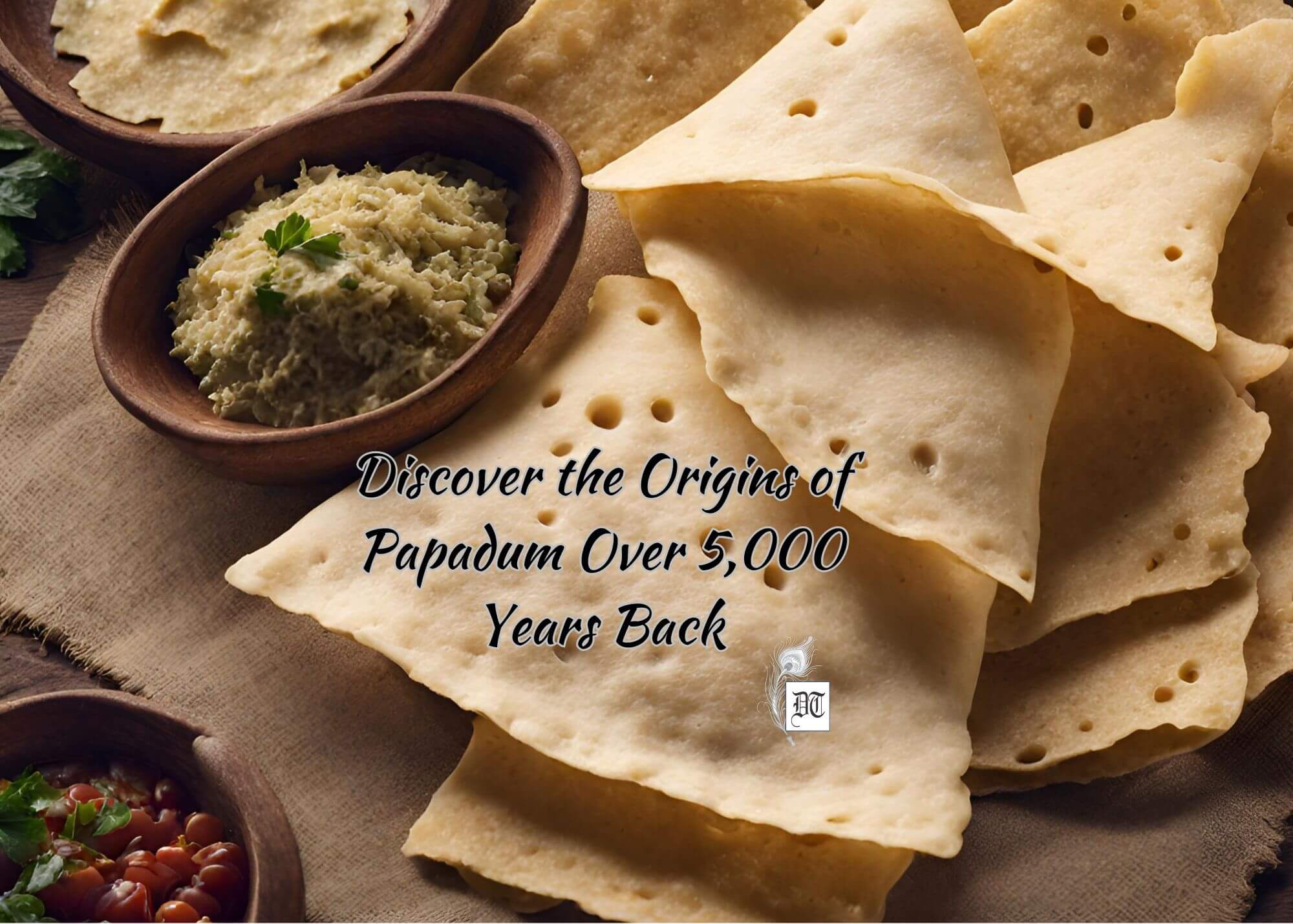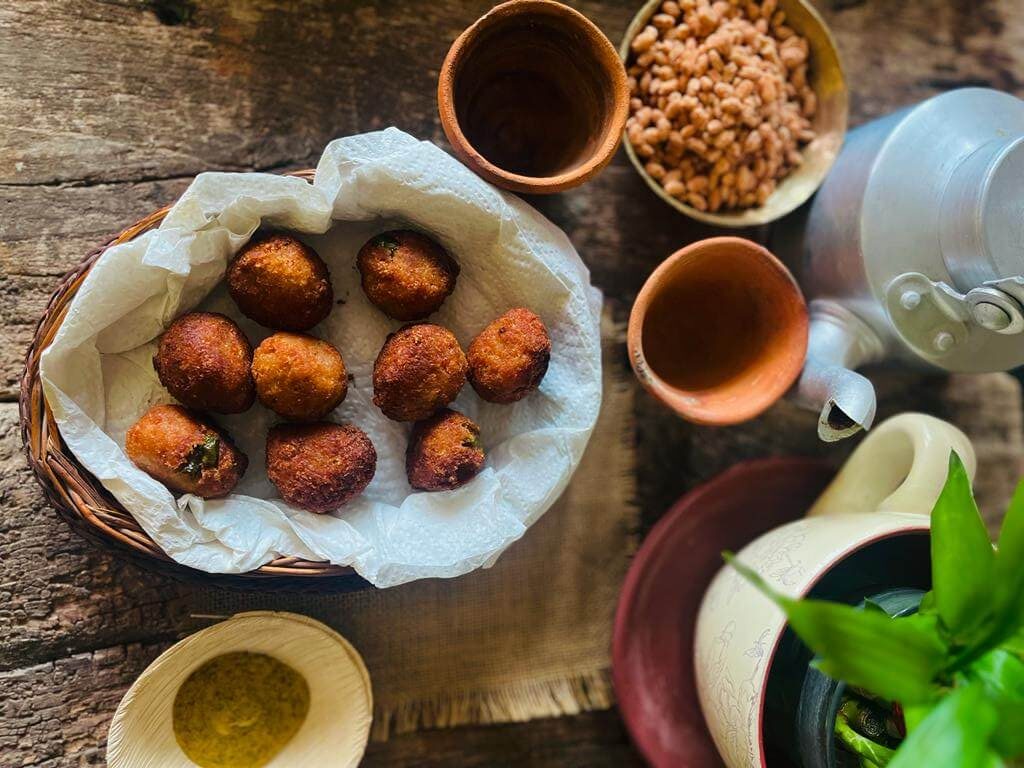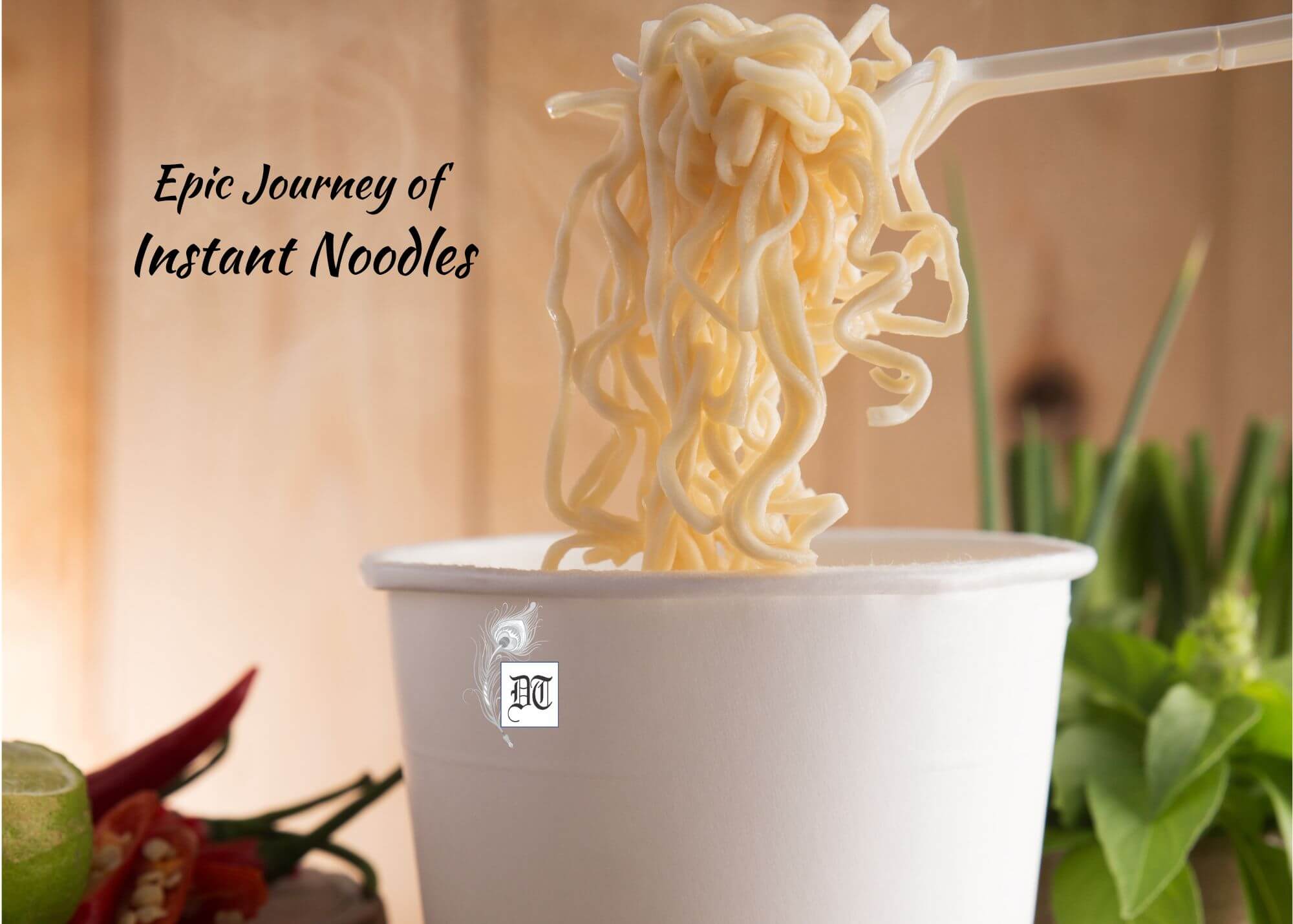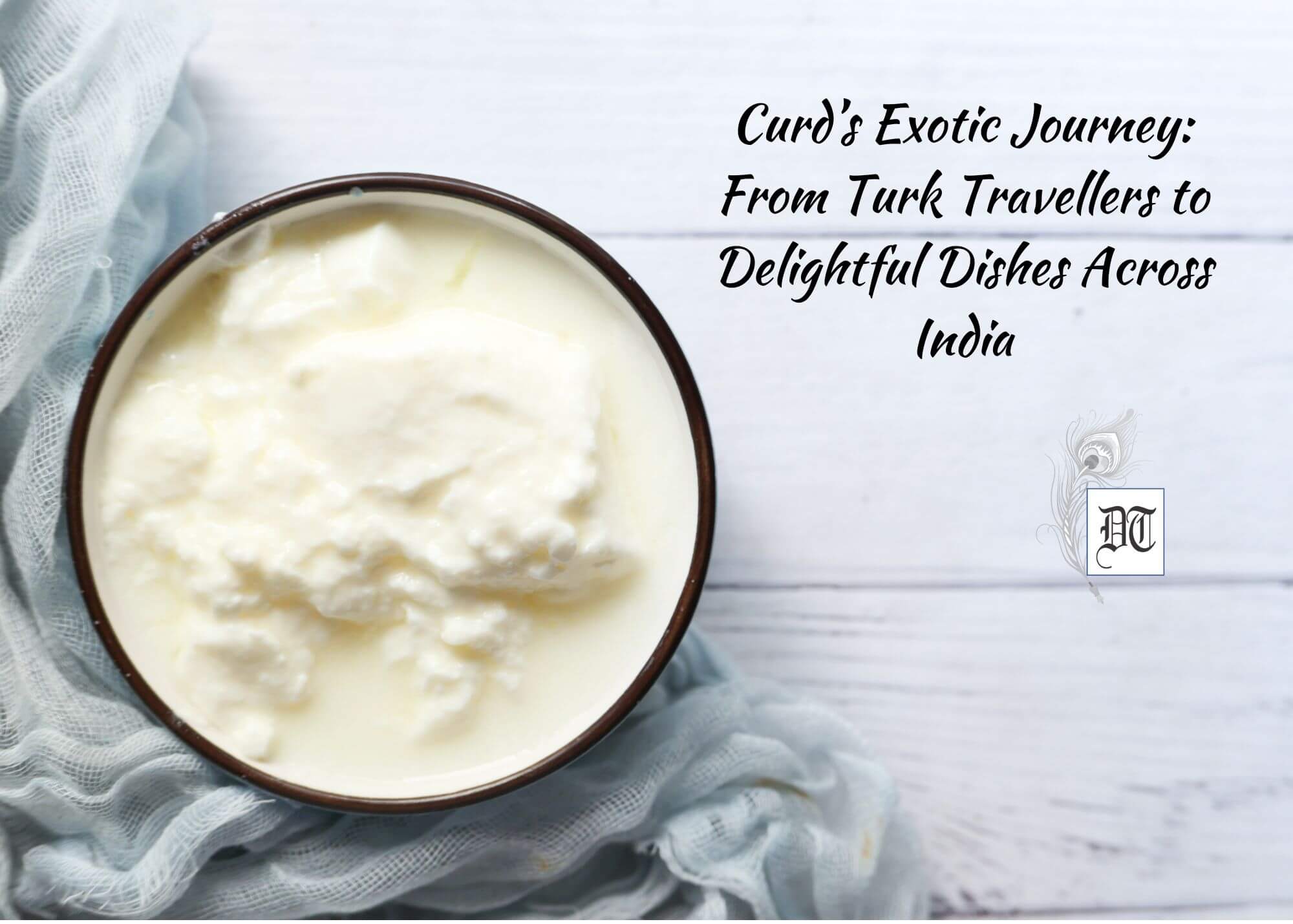A mushroom is basically a fleshy, spore-bearing, fruiting body of a fungus. As early as the Roman times, fungi were popular in Europe and were also consumed many centuries ago in Middle and South America. Lily tells us about the antiquity of mushroom, in the regular column, exclusively in Different Truths.
The enchanting toadstool that sprouted up during monsoons in the spaces between bulging roots and undergrowth was an object of fascination in the wonder years. Easily recognisable red topped ones were seen on greeting cards and in fairy stories where gnomes sat upon them. Their name is Amanita Muscaria. A wet log of a fallen tree seemed to be a favourite spot for this wondrous umbrella like growths. Mushrooms were a plaything first and foremost until I learned to savour their delicate flavours in soups and chomp into their meaty texture.
 There have been mixed reactions to mushrooms ever since they
There have been mixed reactions to mushrooms ever since they  were discovered in the wild. Two types of people can be divided now. Those who fear mushrooms, known as Mycophobes and those who love them, Mycophiles. Historically speaking they have had varying reputations – mysterious, intoxicating, magical, poisonous, and delectable! Wild mushroom hunters, who foraged mushrooms sometimes picked fatal ones, which gave the food safe ones a bad name. Over the years we have learned more about various varieties of mushrooms.
were discovered in the wild. Two types of people can be divided now. Those who fear mushrooms, known as Mycophobes and those who love them, Mycophiles. Historically speaking they have had varying reputations – mysterious, intoxicating, magical, poisonous, and delectable! Wild mushroom hunters, who foraged mushrooms sometimes picked fatal ones, which gave the food safe ones a bad name. Over the years we have learned more about various varieties of mushrooms.
Most of us are aware that mushrooms are not vegetables though they are often lumped into that category. In fact, 38,000 varieties fungus is known as mushrooms. A mushroom is basically a fleshy, spore-bearing, fruiting body of a fungus.
As early as the Roman times, fungi were popular in Europe and were also consumed many centuries ago in Middle and South America. Used often in age old rituals, mushrooms were regarded as mysterious and somehow special.
 The fascinating story of their discovery led to their name being derived from the French name for fungi and moulds. The story goes that in 1650, one fine day a melon grower in Paris found mushrooms growing on his growth fertilizer. He thought it would be a great idea to cultivate it and supply it to the fine dining exclusive restaurants in Paris. They were soon known as Parisian mushrooms.
The fascinating story of their discovery led to their name being derived from the French name for fungi and moulds. The story goes that in 1650, one fine day a melon grower in Paris found mushrooms growing on his growth fertilizer. He thought it would be a great idea to cultivate it and supply it to the fine dining exclusive restaurants in Paris. They were soon known as Parisian mushrooms.
Sometime later, the French gardener, Chambry, discovered that the caves around Paris had just the right temperature and cool and moist environment to grow mushrooms on a large scale.
The year 600 was how long ago fungi were probably cultivated for the first time in Asia. It is intriguing to learn that as I imagine the number of times I have wolfed down platefuls of stuffed mushrooms or eaten the very Indian combination of peas and mushroom in a Muttar Mushroom curry. The first cultivated mushroom came to Europe in the 17th century and to the Netherlands in early 19th century. It was much later that large scale production of mushrooms started in the Marl mines of Linburg.
Initially, only the truly elite and well-heeled people could afford to eat these edible beauties. As production increased due to more effective methods, more and more people developed a taste for it.
The Dutch only got to eat mushrooms after 1950. Many areas of Netherlands are under the cultivation of mushrooms, especially the tracts, below the great rivers. In the last 50 years, Netherlands has become the largest producer of mushrooms within the European Union. 270 million kilograms of mushrooms and more than 10000 jobs are the results of strict controls. China is the highest producer in the world, with 70 per cent of the complete production, followed by the USA.
Before 1950, mushrooms were cultivated underground. At this time, the first nurseries above ground had concrete trays. In 1955, wooden boxes were used in the trays and in 1960 in wooden beds in metal trays. By 1975 things had improved drastically. Cultivation began in fully metal trays with mechanical means of inserting and removing compost.
We are all familiar with the white button mushrooms that are now easily available even with our roadside vegetable vendors. There were times when florists liked to grow mushrooms because it was easy to slide the beds of mushrooms below the benches where flowers were grown.
There are many intriguing aspects of some varieties of mushrooms. Some are toxic and highly poisonous. Others have medicinal properties. Chinese medicines use them extensively as well. There are some that have anticancer and anti-aging properties. There are mushrooms that are used to dye wool and other natural fibers. Some fungi are used as fire starters! They are known as tinder fungi. Some help as anti-bacterial to clean up water. OCD and migraines can be remedied too.
Some magic mushrooms possess psychedelic and hallucinogenic properties. Spiritual experience can be induced by them. A John Hopkins Hospital report agrees with these thoughts.
It is endearing to non-vegetarians as the texture and taste can often mimic meat.
As for me, a steaming hot bowl of cream of mushroom soup is the panacea for many an illn ess.
ess.
I am eager to share the popular names of some edible mushrooms with you. Brick Tops, Lions Mane, Blewits, Velvet Foot, Shaggy Mane, Angel Wings, Oyster mushrooms are a few. Morels and Truffles are highly regarded.
 Truffles grow underground. They are a high priced delicacy but special skills are needed to locate them. Dogs or pigs are used to smell out their unique Odour! Though Oregon and California have them, the best are in the South of France. European Truffles sell at 3000 dollars a pound. Morel’s called sponge mushrooms can be found in Ohio.
Truffles grow underground. They are a high priced delicacy but special skills are needed to locate them. Dogs or pigs are used to smell out their unique Odour! Though Oregon and California have them, the best are in the South of France. European Truffles sell at 3000 dollars a pound. Morel’s called sponge mushrooms can be found in Ohio.
You may decide from amongst Mushroom Biryani, Kadhai Mushroom, Mushroom Manchurian, Mushroom Omelette or Mushroom Fried Rice. I am a bit bowled over by the Chinese and the Japanese Shitake mushrooms lure. They are as black as sin.
©Lily Swarn
Photos from the Net.
#Mushrooms #EdibleMushrooms #WildMushrooms #Fungi #Toadstool #CuisineOfMushrooms #HistoryOfEatingMushrooms #MushroomInYourPlate #HistoryAndMystryOfFood #DifferentTruths








 By
By

